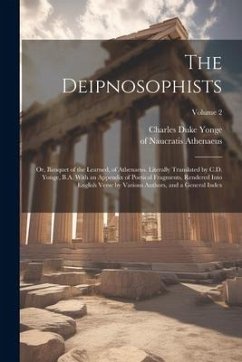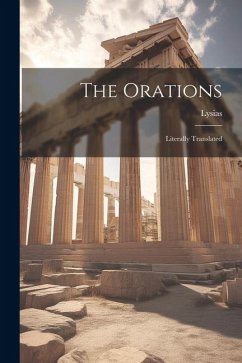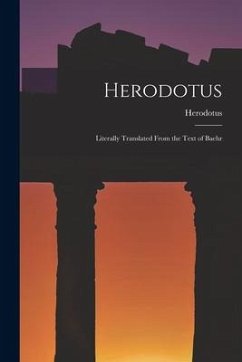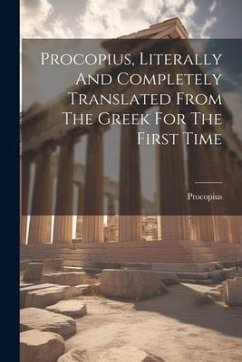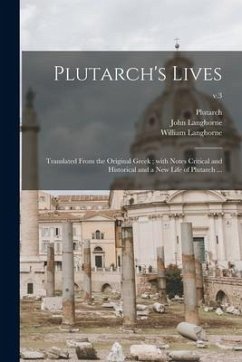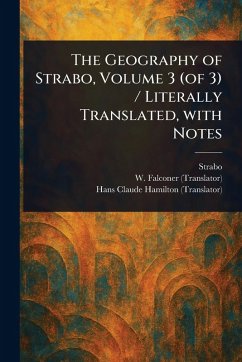
Conspiracy of Catiline, and The Jugurthine War. Literally Translated With Explanatory Notes by John Selby Watson. With an Introd. by Edward Brooks
Versandkostenfrei!
Versandfertig in über 4 Wochen
22,99 €
inkl. MwSt.
Weitere Ausgaben:

PAYBACK Punkte
11 °P sammeln!
This volume contains two significant historical works by Sallust: "Conspiracy of Catiline" and "The Jugurthine War." Translated by John Selby Watson and introduced by Edward Brooks, these texts offer invaluable insights into the political and military events of ancient Rome. "Conspiracy of Catiline" details the infamous plot to overthrow the Roman Republic in 63 B.C., led by the ambitious and disgruntled senator Catiline. Sallust vividly portrays the key figures involved, the social and political tensions that fueled the conspiracy, and the decisive actions taken by Cicero to thwart it. "The J...
This volume contains two significant historical works by Sallust: "Conspiracy of Catiline" and "The Jugurthine War." Translated by John Selby Watson and introduced by Edward Brooks, these texts offer invaluable insights into the political and military events of ancient Rome. "Conspiracy of Catiline" details the infamous plot to overthrow the Roman Republic in 63 B.C., led by the ambitious and disgruntled senator Catiline. Sallust vividly portrays the key figures involved, the social and political tensions that fueled the conspiracy, and the decisive actions taken by Cicero to thwart it. "The Jugurthine War" recounts Rome's conflict with Jugurtha, the king of Numidia, in the late 2nd century B.C. Sallust explores the corruption and internal strife within the Roman state that prolonged the war, as well as the military strategies and personalities that shaped its outcome. Together, these works provide a compelling narrative of a critical period in Roman history. This work has been selected by scholars as being culturally important, and is part of the knowledge base of civilization as we know it. This work was reproduced from the original artifact, and remains as true to the original work as possible. Therefore, you will see the original copyright references, library stamps (as most of these works have been housed in our most important libraries around the world), and other notations in the work. This work is in the public domain in the United States of America, and possibly other nations. Within the United States, you may freely copy and distribute this work, as no entity (individual or corporate) has a copyright on the body of the work. As a reproduction of a historical artifact, this work may contain missing or blurred pages, poor pictures, errant marks, etc. Scholars believe, and we concur, that this work is important enough to be preserved, reproduced, and made generally available to the public. We appreciate your support of the preservation process, and thank you for being an important part of keeping this knowledge alive and relevant.




